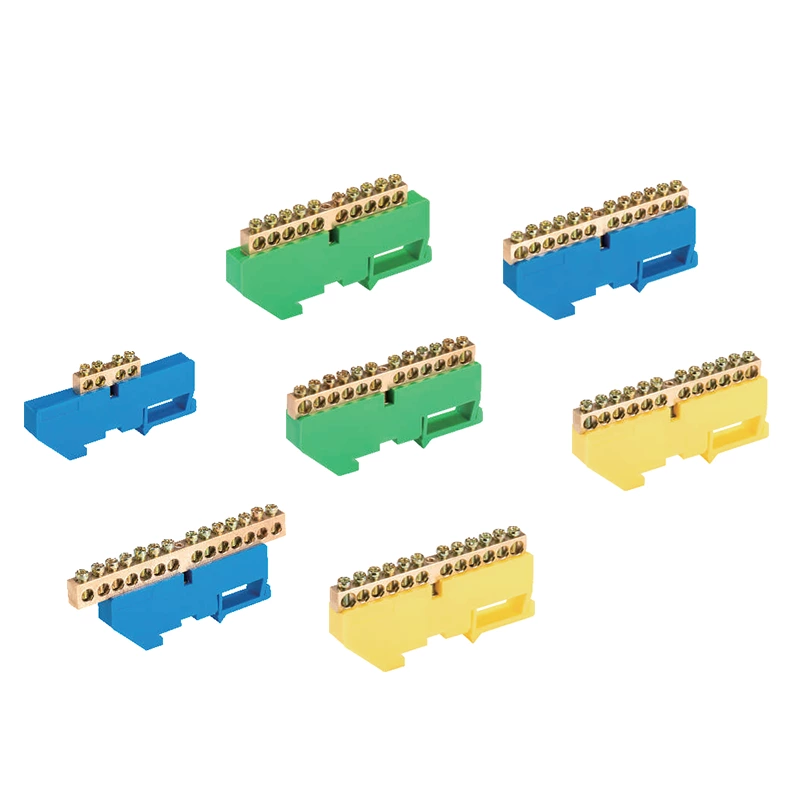Why Are The Cleverly Designed Low-current Copper Terminal Blocks So Compact And Lightweight?
The copper terminal block uses copper as the conductive core, combined with a compact terminal layout, reducing space footprint while maintaining the integrity of the conductive path. Copper has lower conductivity losses under low current conditions, allowing for a reduction in the cross-sectional area and thickness of the copper distribution block. In low-current applications, standard copper or tin-plated copper can meet the load requirements without the need for thick copper conductors.
The terminal structure of the low-current copper terminal strip is typically modular and thin-film designed to fit space-constrained applications such as control systems or sensor circuits. By reducing the length, height, and width of the terminal blocks, a compact overall device layout is achieved. This type of "miniature" terminal block design aligns with the trend of modern electronic equipment emphasizing high density and small size.

